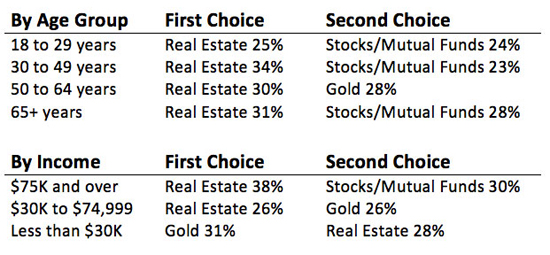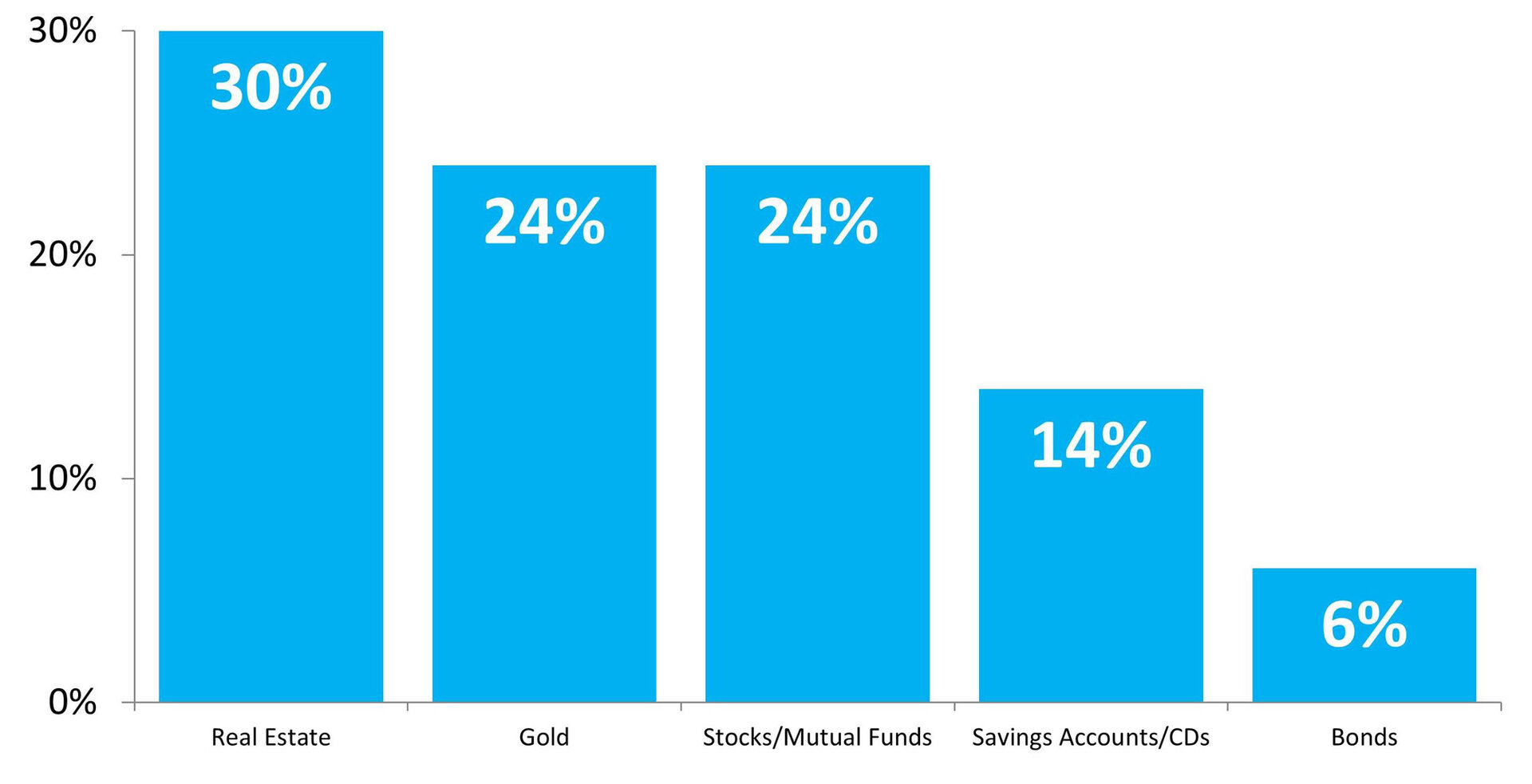The Latest News from NAR (National Association of Realtors:
Nationwide, Exisiting Home Sales Soft in March
WASHINGTON (April 22, 2014) – Existing-home sales were essentially flat in March, while the growth in home prices moderated, according to the National Association of Realtors®. Sales gains in the Northeast and Midwest were offset by declines in the West and South.
Total
existing-home sales1, which are completed transactions that include single-family homes, town homes, condominiums and co-ops, slipped 0.2 percent to a seasonally adjusted annual rate of 4.59 million in March from 4.60 million in February, and are 7.5 percent below the 4.96 million-unit pace in March 2013. Last month’s sales volume remained the slowest since July 2012, when it was 4.59 million.
Lawrence Yun, NAR chief economist, said that current sales activity is under-performing by historical standards. “There really should be stronger levels of home sales given our population growth,” he said. “In contrast, price growth is rising faster than historical norms because of inventory shortages.”
Yun expects some improvement in the months ahead. “With ongoing job creation and some weather delayed shopping activity, home sales should pick up, especially if inventory continues to improve and mortgage interest rates rise only modestly.”
The median existing-home price
2 for all housing types in March was $198,500, up 7.9 percent from March 2013. Distressed homes
3 – foreclosures and short sales – accounted for 14 percent of March sales, down from 16 percent in February and 21 percent in March 2013. “With rising home equity, we expect distressed homes to decline to a single-digit market share later this year,” Yun said.
Ten percent of March sales were foreclosures, and 4 percent were short sales. Foreclosures sold for an average discount of 18 percent below market value in March, while short sales were discounted 12 percent.
Total housing inventory
4 at the end of March rose 4.7 percent to 1.99 million existing homes available for sale, which represents a 5.2-month supply at the current sales pace, up from 5.0 months in February. Unsold inventory is 3.1 percent above a year ago, when there was a 4.7-month supply.
The median time on market for all homes was 55 days in March, down from 62 days in February, and also 62 days on market in March 2013. Short sales were on the market for a median of 112 days in March, while foreclosures typically sold in 55 days and non-distressed homes took 53 days. Thirty-seven percent of homes sold in March were on the market for less than a month.
According to Freddie Mac, the
national average commitment rate for a 30-year, conventional, fixed-rate mortgage rose to 4.34 percent in March from 4.30 percent in February; the rate was 3.57 percent in March 2013.
First-time buyers accounted for 30 percent of purchases in March, up from 28 percent in February; they were 30 percent in March 2013.
NAR President
Steve Brown, co-owner of Irongate, Inc., Realtors® in Dayton, Ohio, said first-time buyers have been stuck in a rut. “There are indications that the stringent mortgage underwriting standards are beginning to ease a bit, particularly regarding credit score requirements, but they remain a headwind for entry-level and single-income home buyers,” he said.
“We also have tight inventory in the lower price ranges where many starter homes are found, but rising new-home construction means some owners will be trading up and more existing homes will be added to the inventory. Hopefully, this will create more opportunities for first-time buyers,” Brown said.
All-cash sales comprised 33 percent of transactions in March, compared with 35 percent in February and 30 percent in March 2013. Individual investors, who account for many cash sales, purchased 17 percent of homes in March, down from 21 percent in February and 19 percent in March 2013. Seventy-one percent of investors paid cash in March.
Single-family home sales were unchanged at a seasonally adjusted annual rate of 4.04 million in March, the same as February, but are 7.3 percent below the 4.36 million pace a year ago. The median existing single-family home price was $198,200 in March, which is 7.4 percent above March 2013.
Existing condominium and co-op sales declined 1.8 percent to an annual rate of 550,000 units in March from 560,000 in February, and are 8.3 percent below the 600,000 level in March 2013. The median existing condo price was $200,800 in March, up 11.6 percent from a year ago.
Regionally, existing-home sales in the Northeast rose 9.1 percent to an annual rate of 600,000 in March, but are 4.8 percent below March 2013. The median price in the Northeast was $244,700, up 3.2 percent from a year ago.
Existing-home sales in the Midwest rose 4.0 percent in March to a pace of 1.04 million, but are 10.3 percent below a year ago. The median price in the Midwest was $149,600, which is 5.9 percent above March 2013.
In the South, existing-home sales declined 3.0 percent to an annual level of 1.92 million in March, and also are 3.0 percent below March 2013. The median price in the South was $173,000, up 6.7 percent from a year ago.
Existing-home sales in the West fell 3.7 percent to a pace of 1.03 million in March, and are 13.4 percent below a year ago. The median price in the West was $289,300, which is 12.6 percent higher than March 2013.
The National Association of Realtors®, “The Voice for Real Estate,” is America’s largest trade association, representing 1 million members involved in all aspects of the residential and commercial real estate industries.
###
NOTE: For local information, please contact the local association of Realtors® for data from local multiple listing services. Local MLS data is the most accurate source of sales and price information in specific areas, although there may be differences in reporting methodology.
1Existing-home sales, which include single-family, townhomes, condominiums and co-ops, are based on transaction closings from Multiple Listing Services. Changes in sales trends outside of MLSs are not captured in the monthly series. NAR rebenchmarks home sales periodically using other sources to assess overall home sales trends, including sales not reported by MLSs.
Existing-home sales, based on closings, differ from the U.S. Census Bureau’s series on new single-family home sales, which are based on contracts or the acceptance of a deposit. Because of these differences, it is not uncommon for each series to move in different directions in the same month. In addition, existing-home sales, which account for more than 90 percent of total home sales, are based on a much larger data sample – about 40 percent of multiple listing service data each month – and typically are not subject to large prior-month revisions.
The annual rate for a particular month represents what the total number of actual sales for a year would be if the relative pace for that month were maintained for 12 consecutive months. Seasonally adjusted annual rates are used in reporting monthly data to factor out seasonal variations in resale activity. For example, home sales volume is normally higher in the summer than in the winter, primarily because of differences in the weather and family buying patterns. However, seasonal factors cannot compensate for abnormal weather patterns.
Single-family data collection began monthly in 1968, while condo data collection began quarterly in 1981; the series were combined in 1999 when monthly collection of condo data began. Prior to this period, single-family homes accounted for more than nine out of 10 purchases. Historic comparisons for total home sales prior to 1999 are based on monthly single-family sales, combined with the corresponding quarterly sales rate for condos.
2The median price is where half sold for more and half sold for less; medians are more typical of market conditions than average prices, which are skewed higher by a relatively small share of upper-end transactions. The only valid comparisons for median prices are with the same period a year earlier due to a seasonality in buying patterns. Month-to-month comparisons do not compensate for seasonal changes, especially for the timing of family buying patterns. Changes in the composition of sales can distort median price data. Year-ago median and mean prices sometimes are revised in an automated process if additional data is received.
The national median condo/co-op price often is higher than the median single-family home price because condos are concentrated in higher-cost housing markets. However, in a given area, single-family homes typically sell for more than condos as seen in NAR’s quarterly metro area price reports.
3Distressed sales (foreclosures and short sales), days on market, first-time buyers, all-cash transactions and investors are from a monthly survey for the NAR’s Realtors® Confidence Index, posted at Realtor.org.
4Total inventory and month’s supply data are available back through 1999, while single-family inventory and month’s supply are available back to 1982 (prior to 1999, single-family sales accounted for more than 90 percent of transactions and condos were measured only on a quarterly basis).
Realtor.com®, NAR’s listing site, posts metro area median listing price and inventory data at:
www.realtor.com/data-portal/Real-Estate-Statistics.aspx.
The Pending Home Sales Index for March will be released April 28, and existing-home sales for April is scheduled for May 22. First quarter metropolitan area home prices will be published May 12; all release times are 10:00 a.m. EDT.











